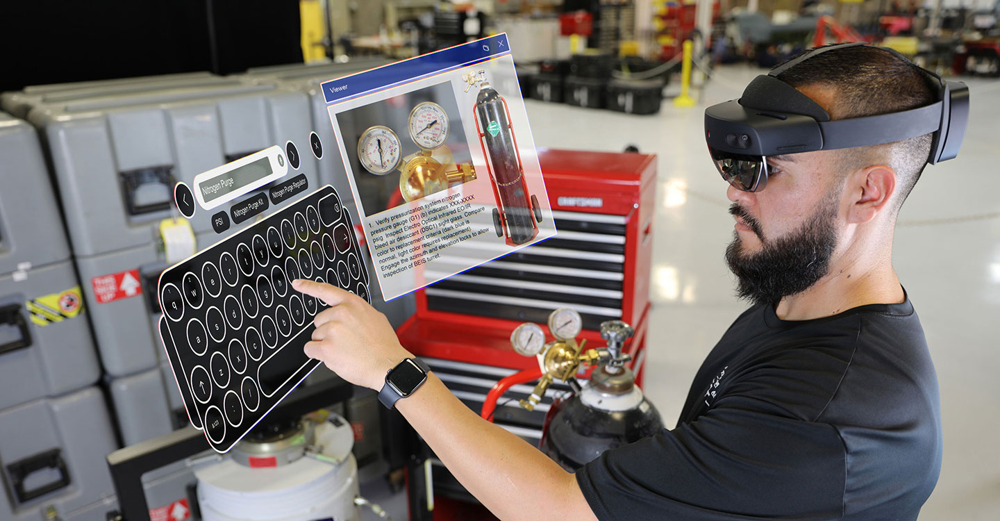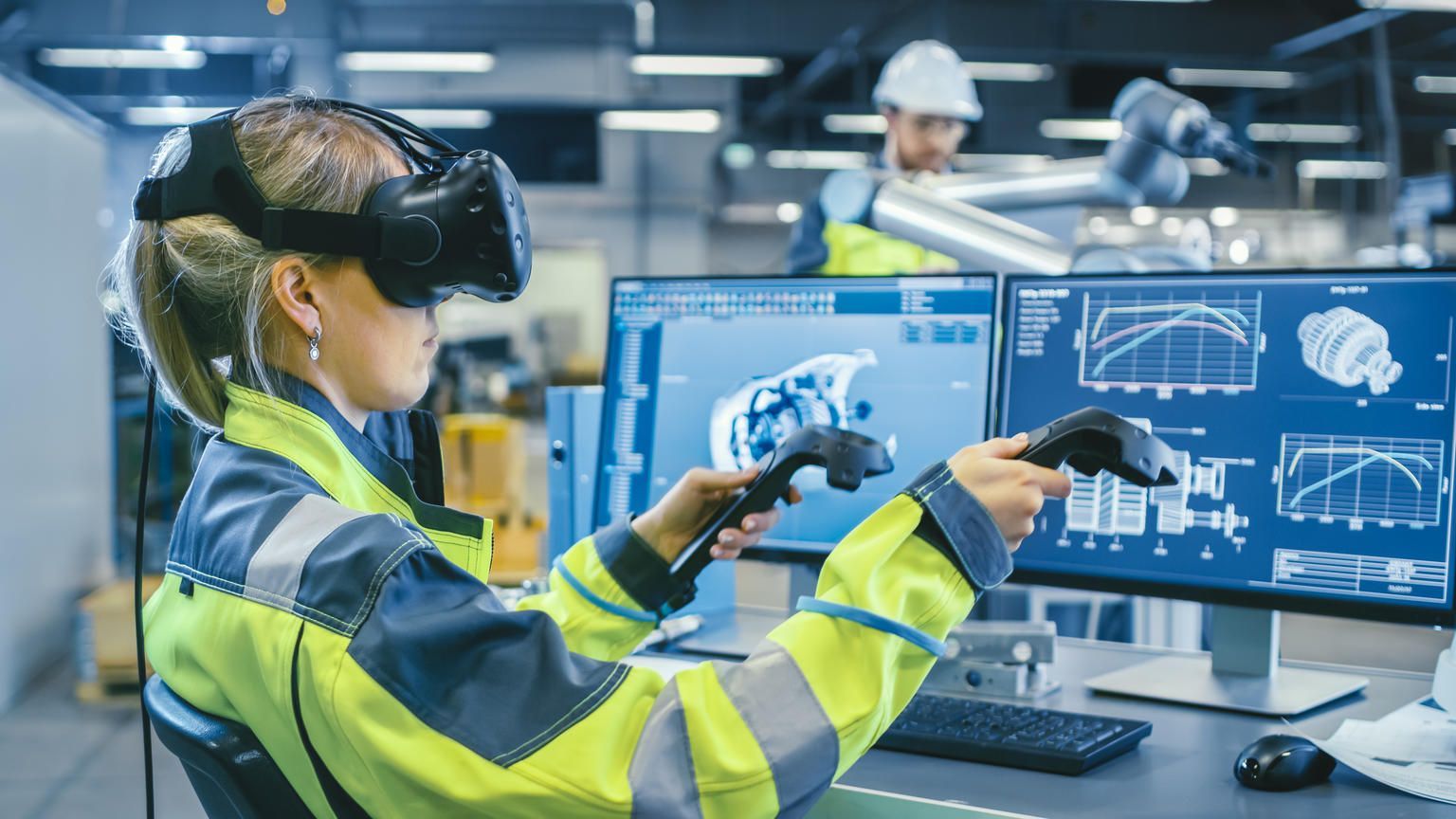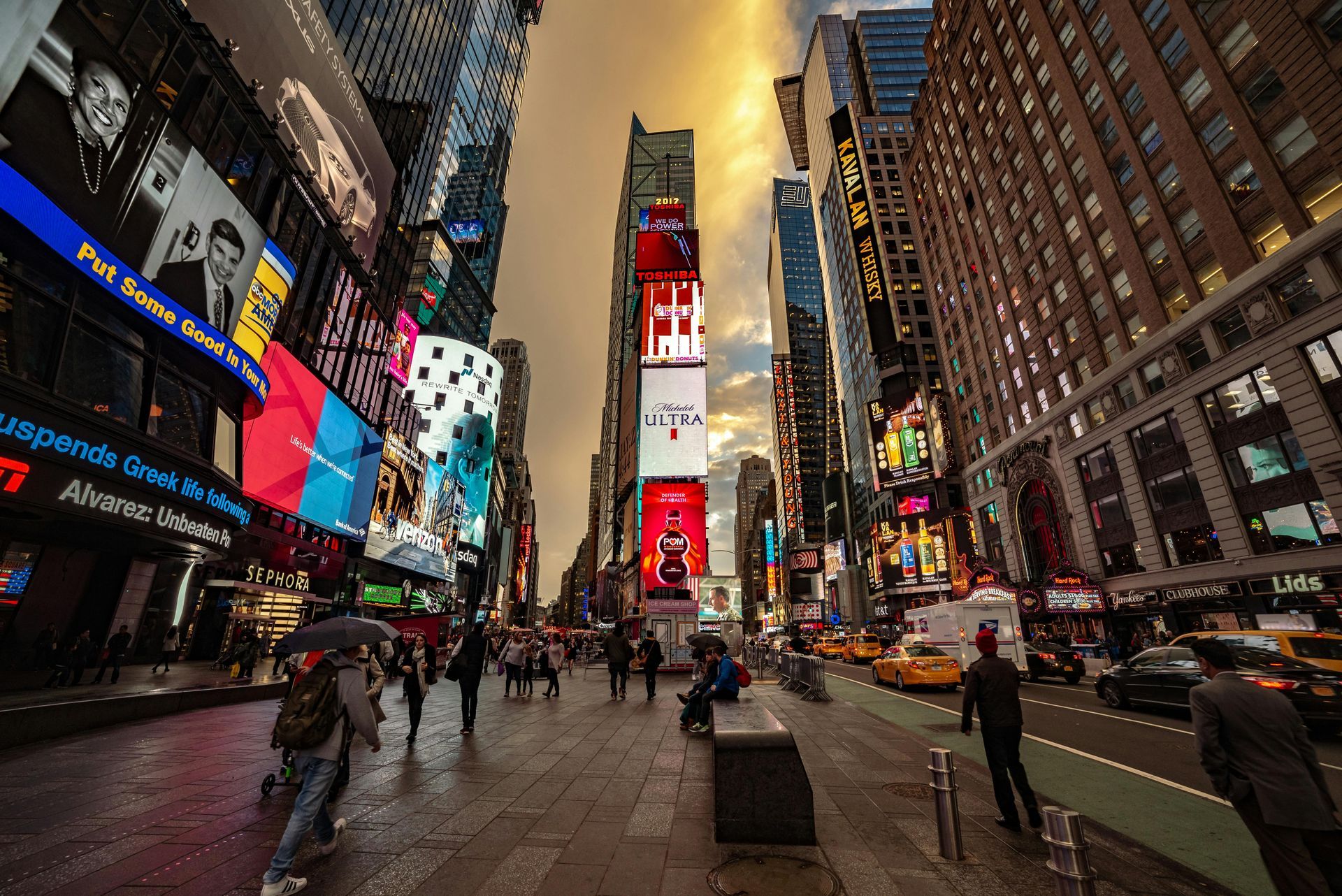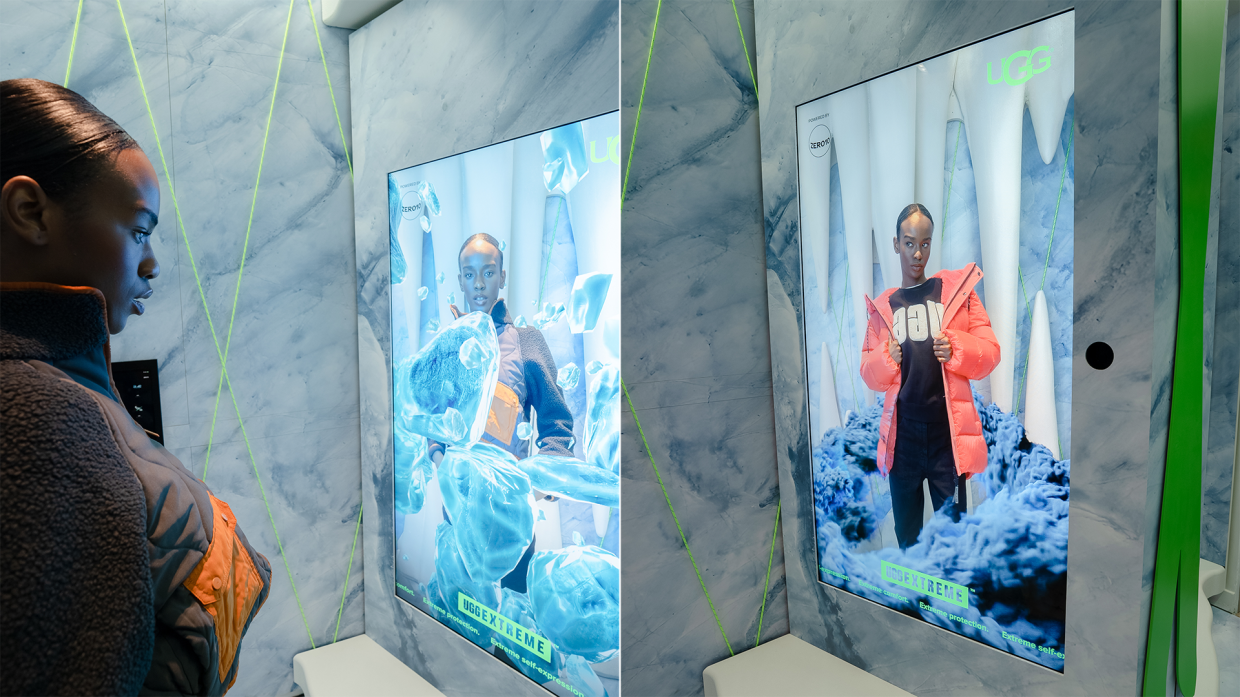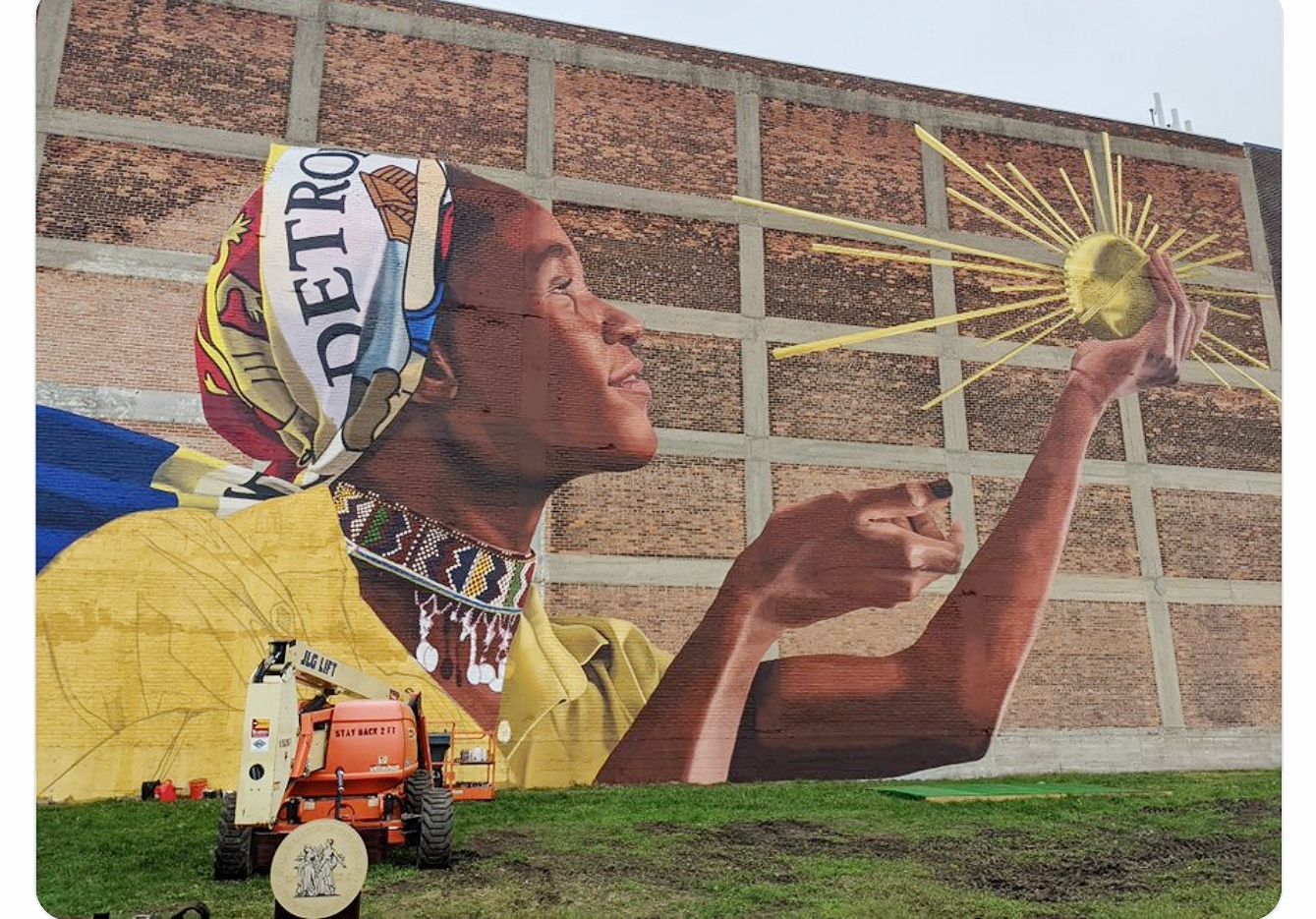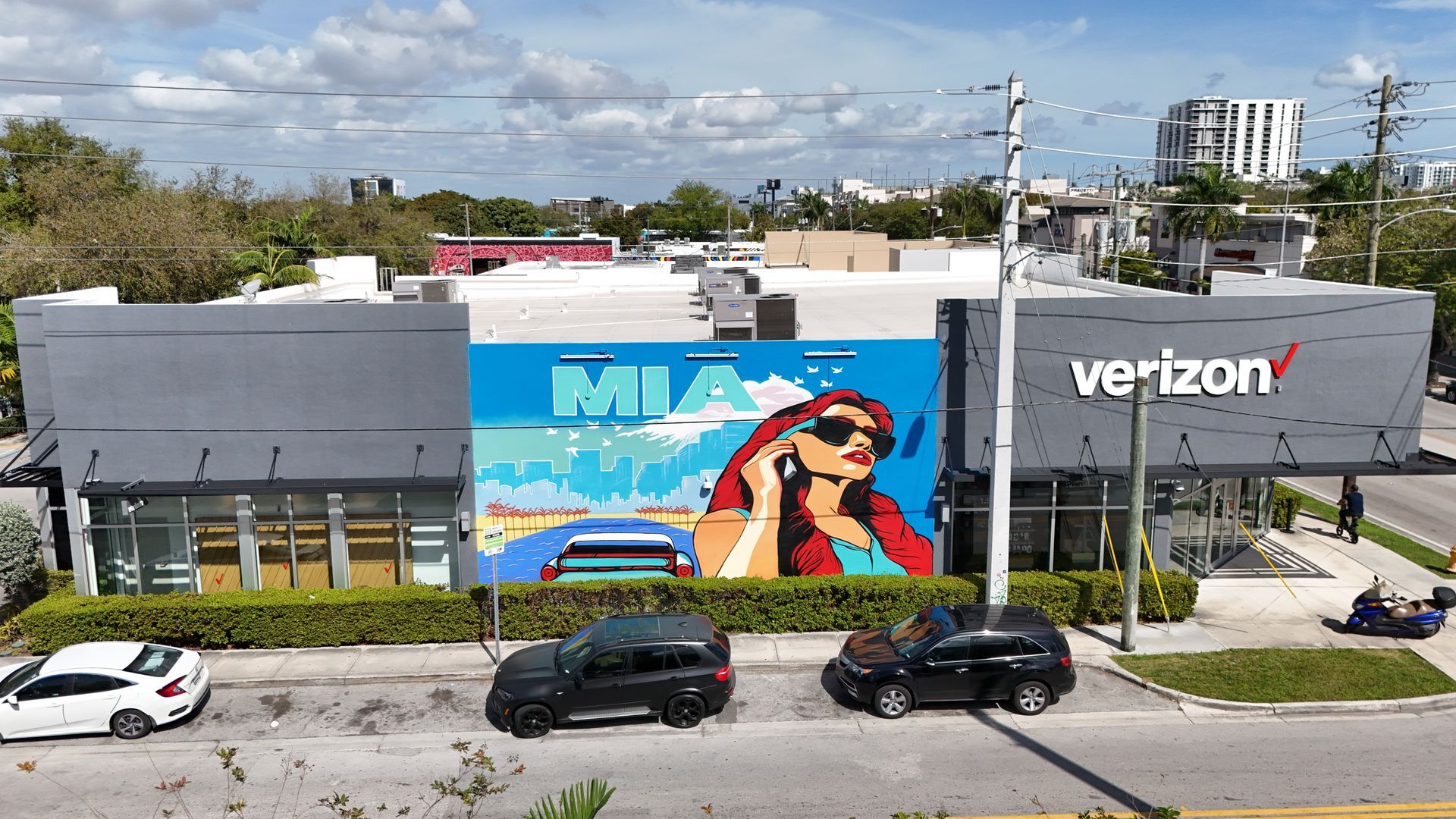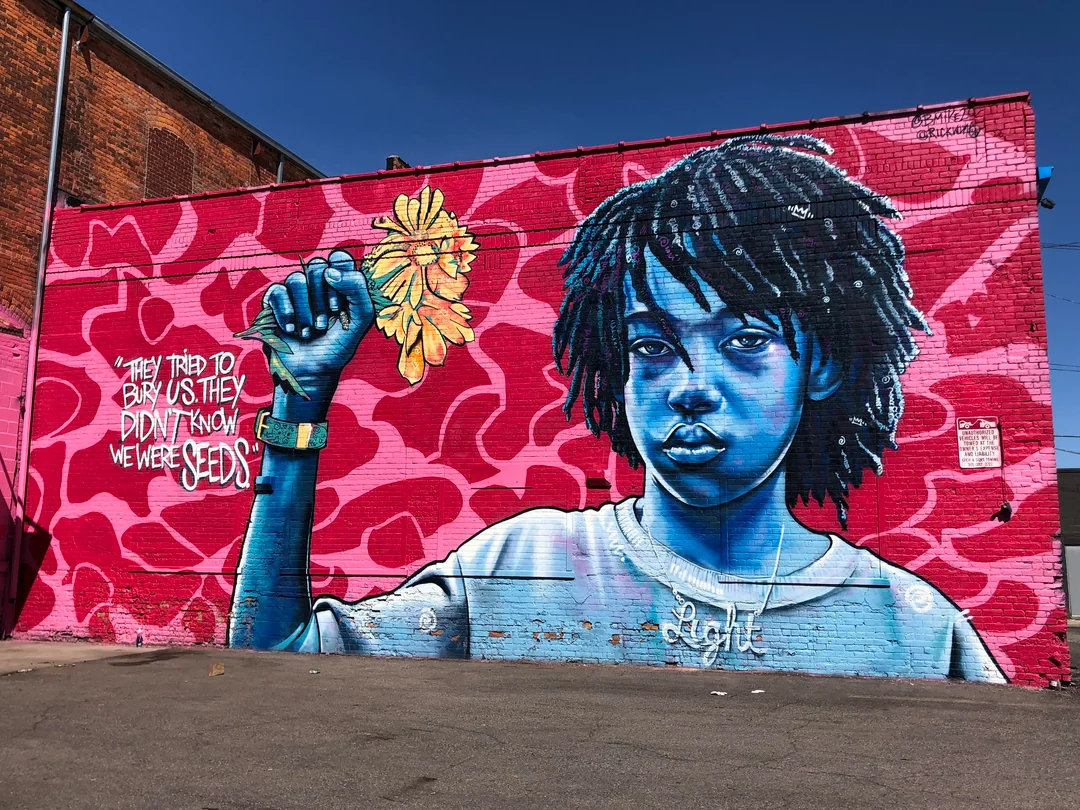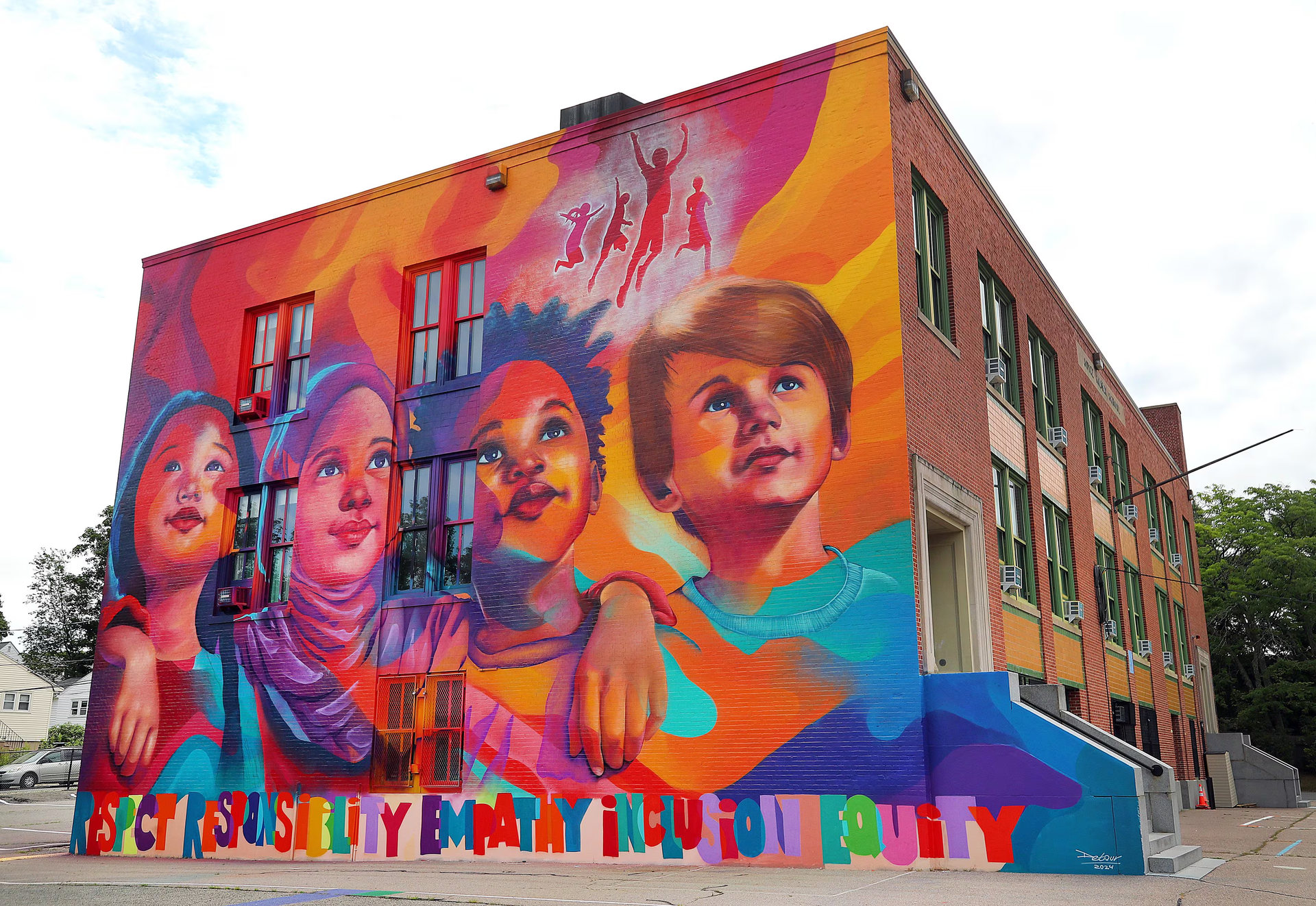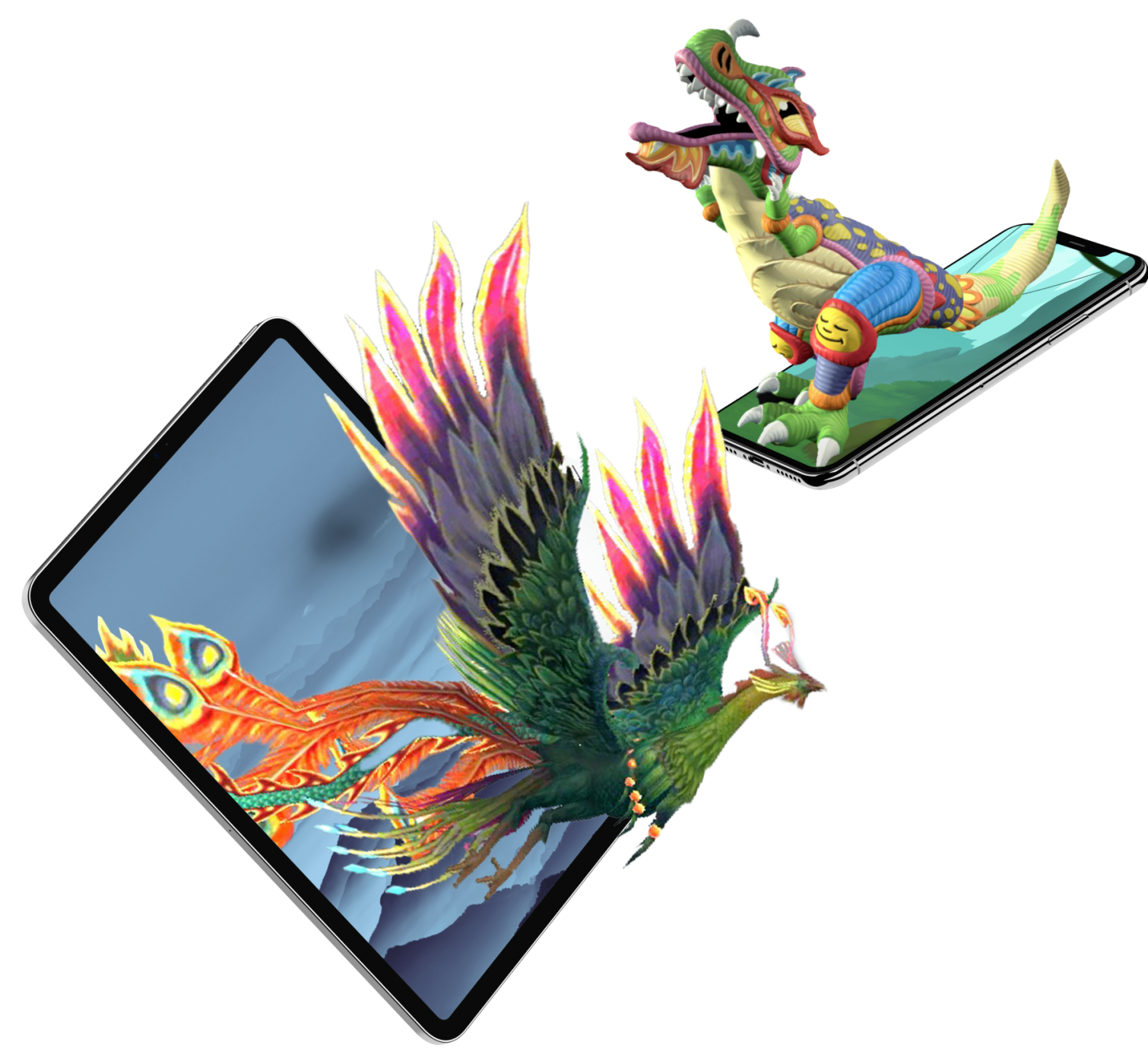The Benefits of Murals in Schools: Enhancing Community and Learning
In schools worldwide, murals have transformed bare walls into colorful displays that inspire, educate, and unify. More than just decorative, school murals are powerful tools in fostering a vibrant school community, enhancing learning environments, and supporting educational goals. The benefits of school murals extend well beyond aesthetics; they contribute to a school's cultural richness, promote engagement, and even integrate immersive technologies like augmented reality.
1. Enhancing Learning Environments
Murals contribute significantly to the atmosphere of educational spaces. Students feel more connected and engaged when surrounded by visuals that reflect their values, interests, and aspirations. Murals create a welcoming and inclusive environment, allowing students to see themselves and their interests represented. Studies show that engaging visuals in classrooms improve students' concentration and enthusiasm, resulting in a more productive learning environment.
Creating or participating in mural projects also empowers students, giving them a sense of ownership and pride in their surroundings. When students feel valued and involved, they develop a stronger connection to their school, creating a community-oriented mindset that extends beyond the classroom.
2. Building a Strong School Community
School murals serve as a unique medium to foster unity and school spirit. Collaborative mural projects encourage teamwork, allowing students, teachers, and parents to contribute creatively. This collaborative effort brings the school community closer together and gives individuals a platform to express diverse perspectives and ideas.
When a school community collaborates on a mural, each participant can contribute their voice, making the mural a tapestry of the school’s collective identity. This inclusivity strengthens the bond within the school and nurtures a sense of belonging, helping to create a positive social environment that benefits everyone.
3. Providing Educational Opportunities
Murals can also be used as educational tools. In recent years, schools have increasingly integrated educational themes into their mural designs, covering topics ranging from historical figures to complex scientific concepts. These visuals support classroom learning by reinforcing themes and lessons students encounter in their studies. For example, a mural depicting planets and constellations may complement a science curriculum, providing students with a constant visual reminder of their lessons and sparking curiosity about the world around them.
With the advent of new technologies, murals can go even further. Schools are beginning to explore using augmented reality (AR) to create interactive murals. Using mobile devices, students can engage with the mural in a 3D, immersive experience, making education not just visual but interactive. For instance, a mural might show various animals. With AR, students can tap their devices to learn more about each species, their habitats, and conservation efforts, deepening their understanding through hands-on engagement.
4. Inspiring Creativity and Personal Expression
Creativity is essential in developing problem-solving and critical thinking skills. Through mural projects, students are encouraged to think creatively and work together, often solving design and logistical challenges as they go. The opportunity to create a mural empowers students to express themselves artistically, communicate ideas, and experiment with different mediums and techniques.
By incorporating elements like 3D design, interactive displays, and thematic representations, murals serve as platforms for personal expression, allowing students to display their ideas and insights in unique and meaningful ways. These projects enrich students' creativity and allow them to develop practical skills in teamwork, planning, and time management.
5. Improving Aesthetics and School Morale
School murals have a transformative effect on a building's aesthetic appeal. Beyond beautifying spaces, murals can lift morale by making schools feel like vibrant, engaging places to learn and grow. The pride that students and teachers feel for their school is often enhanced by the presence of murals representing their collective achievements and aspirations.
Murals that feature school values, motivational quotes, or symbols of unity can be particularly inspiring. When students are greeted by such visuals daily, they absorb positive messages that contribute to their overall mindset, reinforcing a sense of pride in their school and a commitment to shared values.
6. Promoting Diversity and Inclusion
Murals provide an effective platform to celebrate diversity within the school community. By representing a variety of cultural backgrounds, traditions, and perspectives, murals can promote understanding and respect among students from different backgrounds. This is especially crucial in schools with diverse student populations, as murals that reflect the cultural richness of the student body help create an inclusive environment.
Students feel validated and accepted when they see their identities reflected in school art. This inclusivity nurtures empathy and appreciation for different cultures and perspectives, contributing to a respectful and cohesive school environment.
7. Introducing Augmented Reality for a Modern Educational Experience
Augmented reality (AR) has revolutionized educational tools, allowing schools to create immersive and interactive mural experiences. Through the BrandXR Studio no-code AR platform, for example, schools can integrate AR elements into murals, transforming them into interactive learning tools. AR-enhanced murals allow students to access digital information about the mural's subjects in real time simply by pointing their mobile devices at different parts of the mural.
Such interactive experiences make learning more engaging and memorable, as students actively participate rather than passively observe. AR in schools introduces a layer of technology that prepares students for the digital world, showing them how education can be enhanced by tools that create immersive, impactful learning moments. Additionally, integrating AR can make complex subjects more approachable, as students learn in a visually engaging and contextually rich format that fosters curiosity and exploration.
8. Encouraging Student Participation in School Mural Projects
Involving students directly in mural projects can benefit their personal and social development. Student participation in mural creation fosters accountability as they work on something that will be a permanent fixture in their environment. The responsibility that comes with such projects teaches students the importance of dedication, effort, and collaboration.
Through participation in mural projects, students develop skills that extend beyond academics. They learn to appreciate the value of teamwork, communication, and patience—crucial skills in school and life. Murals thus serve as an educational tool beyond the curriculum, equipping students with the skills needed for their future roles as active and responsible citizens.
9. Supporting Mental Health and Wellbeing
Incorporating art in schools has reduced stress, promoted mental wellbeing, and enhanced overall student morale. Murals incorporating calming colors, nature scenes, or inspirational quotes can create a more relaxing environment that positively impacts mental health. Murals serve as subtle reminders of optimism and resilience, comforting students who might feel stressed or overwhelmed.
In essence, murals help create a balanced and positive atmosphere where students feel supported, encouraged, and motivated, contributing to the mental and emotional well-being of everyone in the school.
10. Bridging Traditional Art with Modern Technology
Murals in schools provide a bridge between traditional art and modern technology, illustrating how the two can work together to create a compelling educational experience. With the help of digital tools, schools can create interactive murals that reflect current cultural trends, blending classic artistic skills with modern innovations like 3D design and AR.
Such a blend enhances the aesthetic value of murals and demonstrates to students that learning and creativity are dynamic and constantly evolving. Murals incorporating modern technology underscore art's relevance in today’s digital world, making learning a seamless integration of creativity and technological advancement.
Conclusion
Murals in schools offer a wide range of benefits, from enhancing learning environments and promoting creativity to fostering community and supporting mental well-being. They create visually engaging spaces that students take pride in, build social cohesion, and inspire personal growth. With the integration of tools like augmented reality, murals can transform from static displays into interactive educational experiences, keeping students engaged in their learning journey. Embracing murals ultimately contributes to a well-rounded, inclusive, and stimulating environment where students and educators can thrive.
TALK TO A PRO
We're here to bring your brand to life!
Stay Connected with BrandXR
Create Augmented Reality for Free!
Create, Publish, and Measure 3D Augmented Reality Experiences Without Having to Code.

